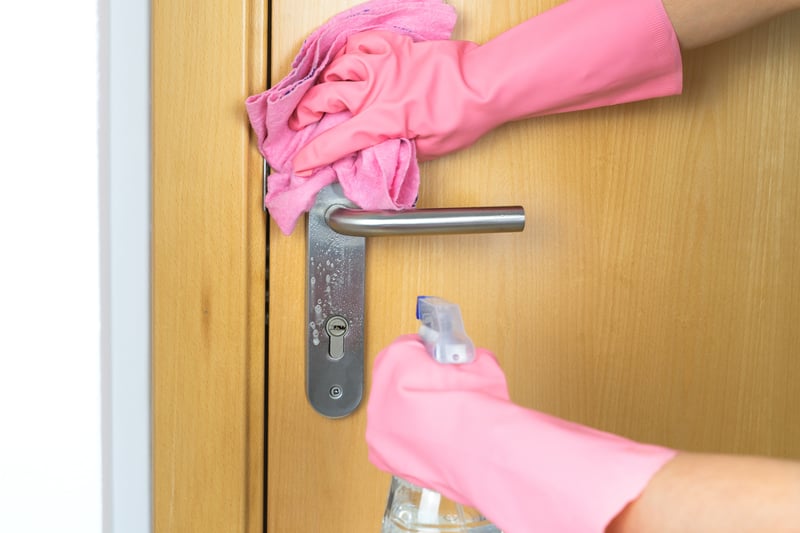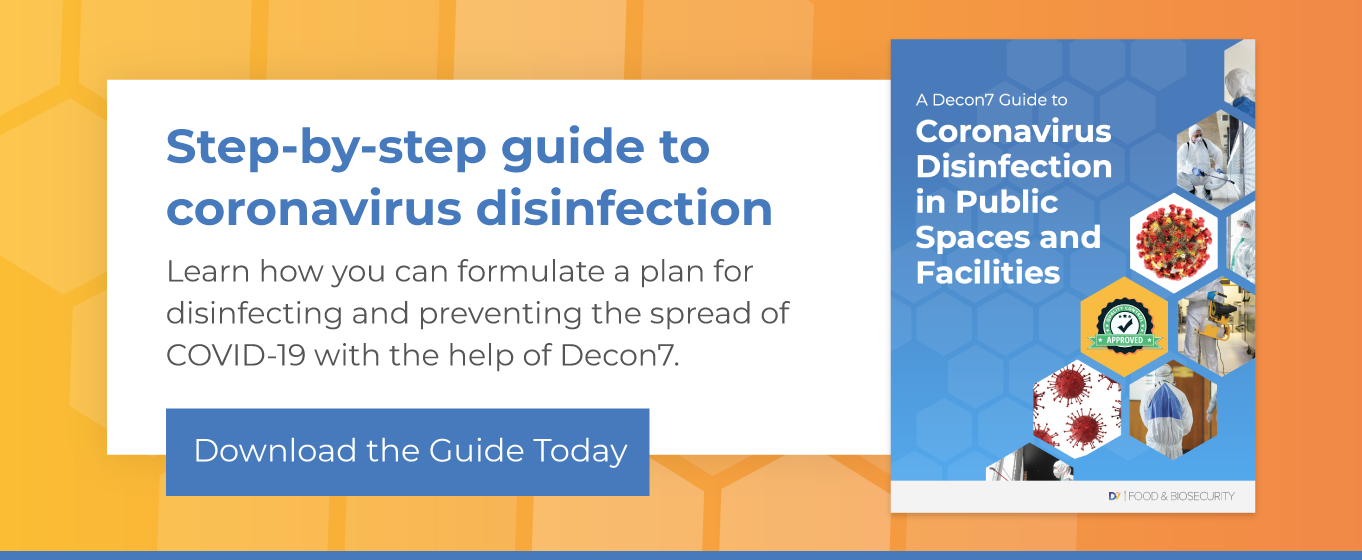
Disinfectants have never been more in the limelight than they are these days. Everybody is using them, and decision makers across all industries have to decide which products to use. Unfortunately, the best choice is not always crystal clear. In addition to consumers having a limited education about the nuances of disinfectants, sanitizers, and cleaners, some disreputable companies are muddying the waters by marketing products with false claims.
The only EPA-registered disinfectants that have been approved for use against coronavirus are on the agency’s list of products for use against emerging viral pathogens and human coronavirus. If a product is not on the EPA’s List N, it has not been approved for use against coronavirus. It’s also important to understand that not all products on the list are the same. Understanding how they are different is crucial for selecting the right product for your application.
Learn About Log Kills
All products on the List N do not have the same efficacy. Find out the log kill numbers for all of the products you are considering and use that data to inform your decision. For example, 99.9 percent (a three-log kill rate) might seem like a high number in some contexts, but when it comes to killing a virus that is present in the millions, a higher number like a six-log kill rate is 1,000 times better.
The minimum contact time is also an important consideration when selecting a disinfectant product. In order to be effective, the label directions must be closely followed, including how long the product must be left on the surface before wiping or rinsing. A shorter contact time might be appealing, but weigh it against the log kill. If it does not kill as many microorganisms, the product is ultimately less effective, even if it can be applied faster.
Safety First
Just because a disinfectant is effective does not mean it is safe for all applications. Look for a product with low toxicity so that the people applying it are at minimal risk if exposed. Ideally, little or no PPE should be required during application.
Corrosivity is also an important consideration, especially when disinfectants are consistently applied throughout the day. Choose a disinfectant that has low corrosivity and does not cause damage to the materials to which it’s applied.
If you use disinfectants in or near food handling areas, such as food processing facilities, kitchens, or restaurants, make sure the products you choose are safe to use if they come into contact with food. Look for products registered as NSF Nonfood Compounds in the NSF White Book.
Watch Out for False Claims
Unfortunately, increased demand for disinfectants has led to manufacturers marketing products with false claims. There is no EPA-approved label that says a disinfectant can have a residual effect on viruses. If you are purchasing a disinfectant for any reason, make sure it is registered with the EPA. If you intend to use it to protect against coronavirus, confirm that it is on the EPA List N before you buy. You can also review the safety data sheets or master label for individual products for specific performance data to learn about log kill rates, minimum contact times, and safety precautions.
Ease of Application
In many cases, the people applying disinfectants these days are not trained sanitation crews. The products you choose need to be suitable for retail workers, restaurant staff, teachers, and other individuals to use with minimal training. When selecting a product, ask:
-
- Does the product need to be diluted?
- How easy is it to measure and mix?
- Is special equipment required?
- In what format can the product be applied (spray, soak, foam, and so on)?
The easier a product is to apply, the more likely it will be used correctly, which is essential for maintaining the efficacy of a disinfectant. For example, bleach is an effective surface disinfectant, but only when diluted to the appropriate concentration, which not everybody takes the time to do.
Choose Your Disinfectants Wisely
If you are responsible for purchasing disinfectants for a public facility, office, or other shared space, the products you choose matter. Take the time to learn about how disinfectants work and what features to look for when making your selection. To learn more, download The Decon7 Guide to Coronavirus Disinfection in Commercial, Industrial, and Public Facilities.

